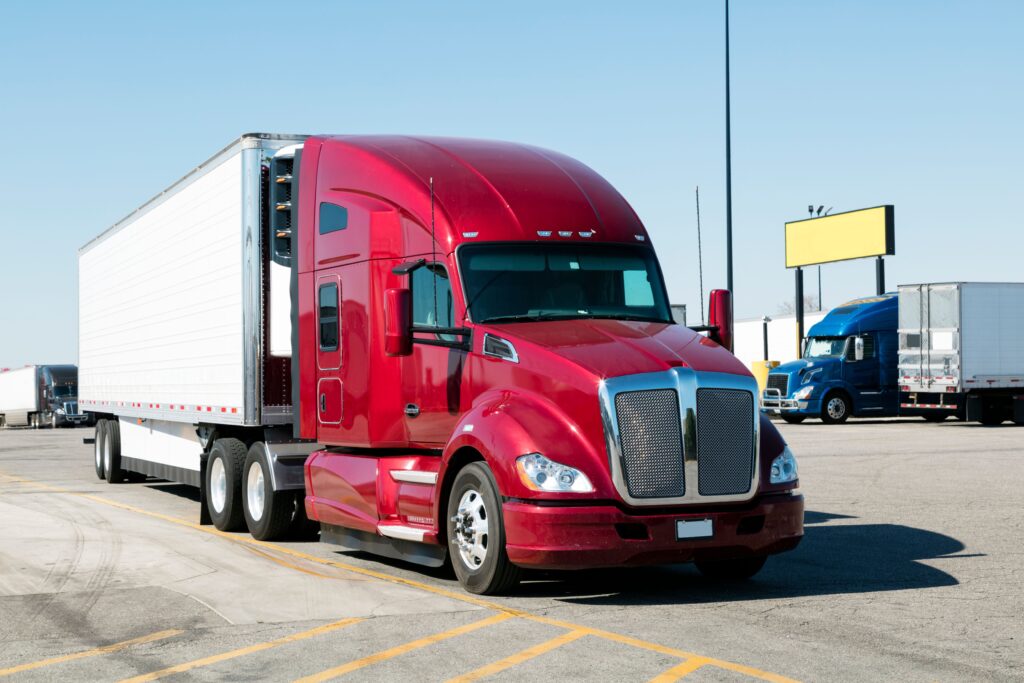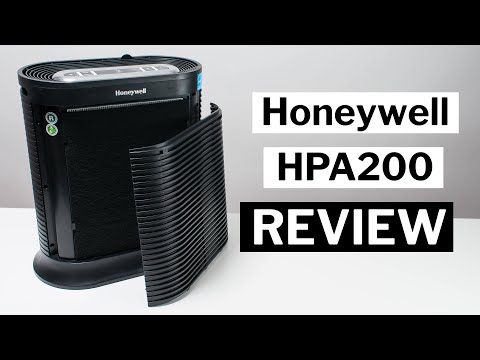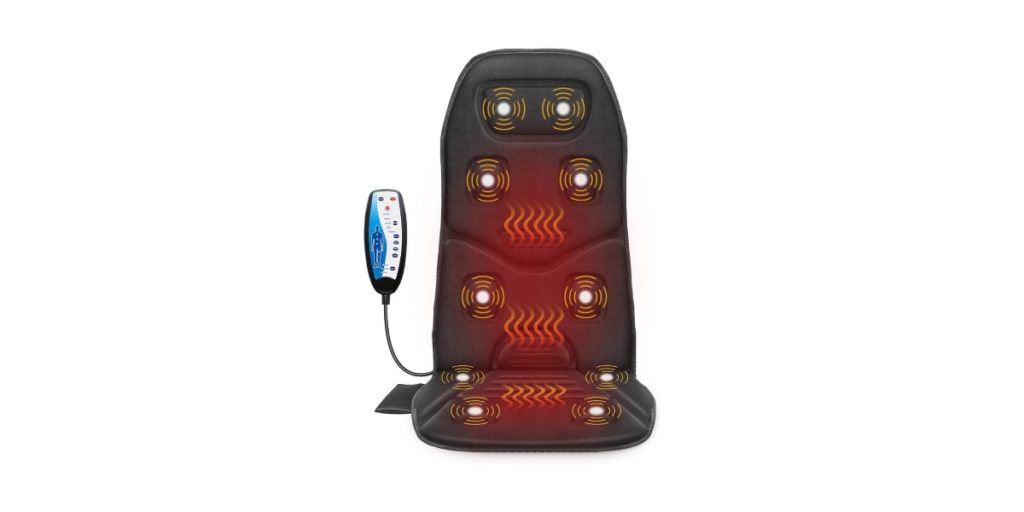Handling Semi Truck Breakdowns
Picture this scenario: You’re cruising down the highway, hauling a load of goods in your trusty semi-truck when suddenly, disaster strikes. The engine sputters and gasps, and before you know it, you’re stranded on the side of the road with a truck that refuses to budge an inch.
It’s every trucker’s nightmare – a breakdown. But fear not!
In this comprehensive guide, we will equip you with all the knowledge and skills you need to handle semi-truck breakdowns like a seasoned pro. From understanding common causes to creating an emergency response plan, we’ve got you covered.
First things first – understanding the common causes of semi-truck breakdowns is essential. A thorough comprehension of these factors will help you take preemptive measures to keep your vehicle in top-notch shape.
One major culprit is poor maintenance practices. Neglecting routine maintenance checks can lead to mechanical failures that could have easily been prevented.
So make sure you prioritize regular inspections and servicing of your semi-truck. Another leading cause is driver error or negligence.
Sometimes even the most experienced drivers can overlook simple things like checking tire pressure or fluid levels regularly. These seemingly small oversights can have severe consequences down the road (pun intended).
Therefore, it’s vital to emphasize driver training on proper vehicle maintenance protocols and stress the importance of consistent vigilance while on the road. External factors such as extreme weather conditions also play a significant role in causing semi-truck breakdowns.
Cold winter temperatures can wreak havoc on engines and batteries, leading to difficulties starting or even complete failures if not properly handled. Similarly, scorching summer heat puts strain on engines and cooling systems, increasing the likelihood of overheating issues.
Furthermore, road conditions contribute significantly to breakdown incidents as well. Potholes, debris-filled surfaces, or uneven terrain can cause tires to blow out or suspension systems to fail unexpectedly if drivers aren’t cautious.
It’s crucial to maintain a keen eye on road conditions and adjust your driving accordingly. Equipment failure is another frequent cause for concern.
Faulty brakes, malfunctioning electrical systems, or broken belts can bring your truck to a screeching halt. To avoid such unfortunate situations, always invest in high-quality parts and ensure they are properly installed by experienced professionals.
Now that you have a solid understanding of the common causes behind semi-truck breakdowns, it’s time to delve into preventive maintenance tips that will keep your rig running smoothly and minimize the risk of unexpected failures. So buckle up and get ready to take charge of your semi-truck’s well-being!
Understanding Common Causes of Semi-Truck Breakdowns

Semi-truck breakdowns can be incredibly frustrating and costly for truck owners and drivers. Understanding the common causes of these breakdowns can help you take proactive measures to prevent them in the first place.
One of the most prevalent causes is poor maintenance. Neglecting to perform regular maintenance tasks such as oil changes, tire rotations, and brake inspections can lead to mechanical failures on the road.
Another common cause is extreme weather conditions. Harsh winters with freezing temperatures can cause engine coolant to freeze, leading to overheating or engine failure.
Additionally, hot summer weather can put excessive strain on cooling systems and tires, potentially causing blowouts or radiator issues. Equipment failure is another frequent cause of semi-truck breakdowns.
A faulty alternator or starter motor can render your truck immobile, while a malfunctioning transmission or clutch can make it impossible to shift gears properly. It’s also crucial to recognize that human error plays a significant role in breakdowns.
Fatigue-inducing long hours behind the wheel, distracted driving, or inadequate training can all contribute to accidents and subsequent breakdowns. External factors such as road debris and potholes are additional culprits for semi-truck breakdowns.
Debris kicked up by other vehicles may damage your truck’s windshield or puncture its tires, requiring immediate attention. Potholes, especially when hit at high speeds without caution, can result in suspension damage or misalignment.
By being aware of these common causes of semi-truck breakdowns, you can take necessary precautions like regular maintenance checks, driving cautiously in extreme weather conditions, and investing in quality equipment and training for drivers. Taking these steps will significantly reduce the chances of experiencing a frustrating roadside emergency that could have been prevented with proper care and attention.
Preventive Maintenance Tips for Semi-Truck Owners
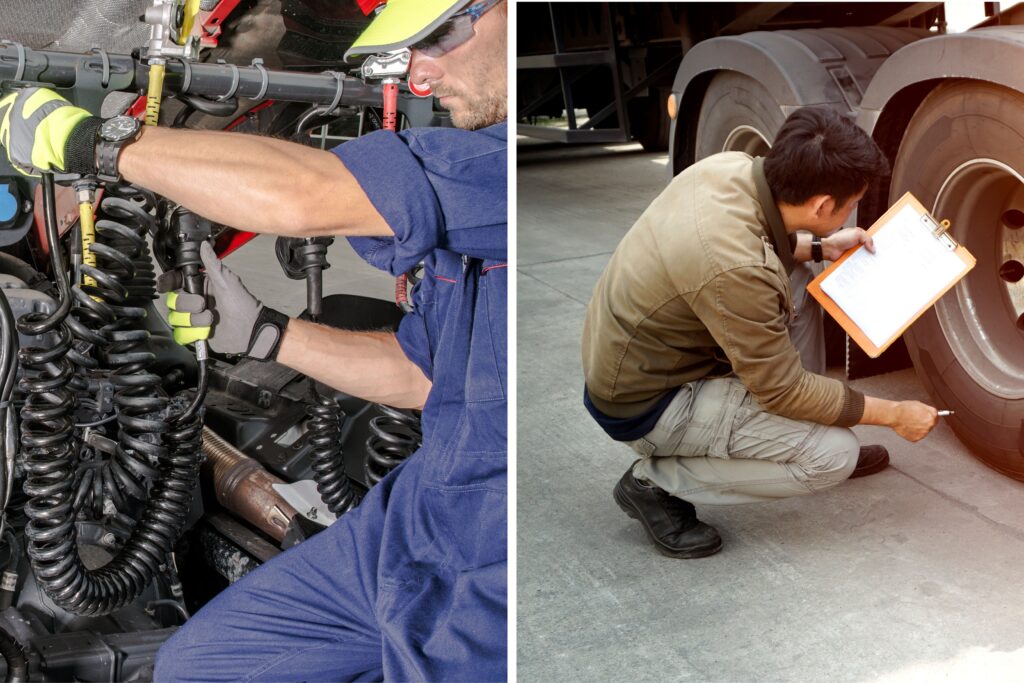
Preventive Maintenance Tips for Semi-Truck Owners One of the best ways to avoid semi-truck breakdowns is to prioritize preventive maintenance.
By taking a proactive approach to maintaining your truck, you can significantly reduce the risk of unexpected breakdowns on the road. Here are some essential tips for keeping your semi-truck in top shape:
- 1. Regular Fluid Checks: Keep a close eye on your truck’s fluids, including oil, coolant, and transmission fluid. Regularly check their levels and ensure they are clean and free from any contamination. Also, don’t forget to change these fluids at recommended intervals as per the manufacturer’s guidelines.
- 2. Tire Maintenance: Proper tire maintenance is crucial for ensuring a safe and smooth ride. Regularly inspect your tires for wear and tear, bulges, or uneven tread wear. Maintain appropriate tire pressure as recommended by the manufacturer, as underinflated or overinflated tires can lead to blowouts or poor handling.
- 3. Brake Inspection: Your brakes play a critical role in keeping you safe on the road. Check your brake pads regularly for thickness and signs of excessive wear. Replace them promptly if needed to prevent brake failure while driving.
- 4. Electrical System Check: A well-functioning electrical system is essential for all the electronic components in your semi-truck to operate effectively. Regularly inspect wiring harnesses, connectors, fuses, and batteries to identify any potential issues before they become major problems.
- 5. Cooling System Maintenance: Overheating can cause significant damage to your engine. Make sure to flush and refill your cooling system at regular intervals as per the manufacturer’s recommendations. Inspect hoses and belts for any signs of wear or leaks.
- 6. Air Filter Replacement: Clogged air filters can reduce engine performance and fuel efficiency over time. Replace them regularly according to the manufacturer’s guidelines.
By following these preventive maintenance tips diligently, you will not only extend the lifespan of your semi-truck but also minimize the chances of unexpected breakdowns on the road. Remember, investing time and effort in maintenance now can save you from costly repairs and downtime in the future.
Essential Tools and Equipment for Handling Breakdowns

When it comes to handling semi-truck breakdowns, having the right tools and equipment at your disposal can make all the difference. Here are a few essential items that every truck owner should have:
- 1. Diagnostic Tools: One of the most crucial tools is a reliable diagnostic scanner. This device allows you to quickly identify any issues with your truck’s engine or electronic systems. Invest in a high-quality scanner that is compatible with your specific make and model.
- 2. Spare Tires and Jack: Flat tires are a common occurrence on the road, so it’s essential to carry spare tires along with a sturdy jack. Ensure that you have the necessary tools to change a tire safely and efficiently.
- 3. Battery Jumper Cables: Dead batteries can leave you stranded in the middle of nowhere, so always keep a set of jumper cables in your truck. This will allow you to jump-start your battery using another vehicle if needed.
- 4. Basic Tools: A well-stocked toolbox is invaluable during breakdowns. Carry essential tools such as wrenches, pliers, screwdrivers, and electrical tape. These tools will come in handy for minor repairs or adjustments on the go.
- 5. Reflective Triangles or Flares: When you’re stuck on the side of the road awaiting assistance, it’s crucial to ensure other drivers can see you easily for safety reasons. Reflective triangles or flares can be placed around your truck to alert approaching vehicles.
- 6. First Aid Kit: Accidents may happen during breakdowns, so having a well-stocked first aid kit is vital for any truck owner’s safety and peace of mind.
By having these essential tools and equipment on board, you’ll be better prepared to handle unexpected breakdowns efficiently and safely while minimizing downtime on the road.
Creating an Emergency Response Plan

In the unfortunate event of a semi-truck breakdown, having an emergency response plan in place is crucial. This plan should outline the steps and procedures to be followed when faced with a breakdown situation. Firstly, ensure that all drivers are aware of the company’s emergency contact information, including phone numbers for roadside assistance and maintenance services.
This information should be easily accessible, either through laminated cards in the truck or stored electronically on a mobile device. Secondly, establish clear guidelines on what drivers should do when experiencing a breakdown.
This may include safely pulling over to the side of the road or finding a nearby parking lot if possible. It is important to emphasize that safety should always be the top priority in such situations.
Train drivers on basic troubleshooting techniques they can perform before seeking professional assistance. This may involve checking fluids levels, inspecting tires for any obvious signs of damage, or attempting simple repairs if they have been properly trained to do so.
Having an emergency response plan ensures that all drivers are equipped with the necessary information and know how to react swiftly and appropriately during a breakdown situation. By preparing in advance for such events, companies can minimize downtime and expedite solutions when their trucks encounter unexpected issues on the road.
Safety Measures at the Breakdown Site

When faced with a semi-truck breakdown, ensuring safety at the breakdown site is of paramount importance. It’s crucial to take immediate action to prevent any accidents or further damage.
Firstly, make sure to pull over to a safe location away from moving traffic. Look for a wide shoulder or an exit ramp where you can park your truck without obstructing the flow of other vehicles.
Once parked, remember to activate your hazard lights and set up reflective triangles or flares around your truck to warn approaching motorists. Next, it’s important to assess the situation and determine whether it’s safe for you to exit the vehicle.
If possible, put on a high-visibility vest before stepping out of the truck. This makes you more visible and helps other drivers see you clearly in their mirrors.
Being visible is key here because it reduces the chances of someone accidentally veering into your path. In addition, if there’s an immediate danger such as smoke coming from the engine or a potential fire, prioritize your safety by quickly moving away from the vehicle and calling emergency services for assistance.
Your primary concern should always be protecting yourself and others around you. As you wait for help to arrive, keep in mind that remaining inside your truck provides an added layer of protection against passing traffic.
However, if staying inside poses risks due to extreme weather conditions or if there are any signs of structural damage that could compromise your safety, consider finding shelter nearby until help arrives. Remember, communicating effectively with other drivers is essential during this time as well.
Make use of available tools like warning triangles or flares mentioned earlier to grab their attention and indicate that there’s a breakdown ahead. Additionally, keeping calm and composed will not only help you make rational decisions but also contribute towards creating a safer environment for everyone involved.
By prioritizing safety measures at the breakdown site, you significantly reduce potential risks while waiting for professional assistance or performing minor repairs on your own accord. Always remember that the well-being of yourself and others on the road is paramount, and taking proactive steps to ensure a secure environment is crucial during such challenging situations.
Communication Strategies During Breakdowns

When faced with a semi-truck breakdown, effective communication plays a pivotal role in ensuring a timely resolution and maintaining safety. There are several subtopics to consider when discussing communication strategies during these stressful situations.
Firstly, it is crucial to establish clear lines of communication between the driver and the fleet management team. This can be achieved by providing drivers with accurate contact information for the dispatchers or fleet managers who can assist them during breakdowns.
It’s essential for drivers to have this information readily available, whether it’s through a laminated card in their wallet or saved in their phone contacts. During breakdowns, drivers should promptly communicate with the fleet management team about their location and the nature of the issue they are facing.
Providing detailed information such as the type of breakdown, specific symptoms experienced, and any relevant observations can help fleet managers make informed decisions regarding repairs or other necessary actions. Moreover, leveraging modern technology can greatly aid in communication during breakdowns.
Many trucking companies now use GPS tracking systems that allow them to monitor their vehicles’ real-time location. Incorporating this technology into communication strategies enables fleet managers to quickly identify the exact position of a stranded truck and dispatch assistance accordingly.
Furthermore, it is important for drivers to maintain open lines of communication with roadside assistance providers or towing services. These professionals should be informed promptly about any updates or changes in circumstances related to the breakdown so that they can adjust their response accordingly.
In addition to external communication channels, fostering internal communication within the driver community is also beneficial. Establishing networks or groups where drivers can connect and share experiences related to breakdowns allows for knowledge sharing and emotional support during these challenging times.
Overall, effective communication strategies are vital when handling semi-truck breakdowns. By ensuring clear lines of contact between drivers and fleet management teams, leveraging technology for real-time updates on vehicle location, promptly notifying roadside assistance providers about any changes, and fostering internal driver communication networks, the process of resolving breakdowns can be streamlined, leading to quicker resolutions and minimized stress for all parties involved.
Navigating Repairs and Tow Services
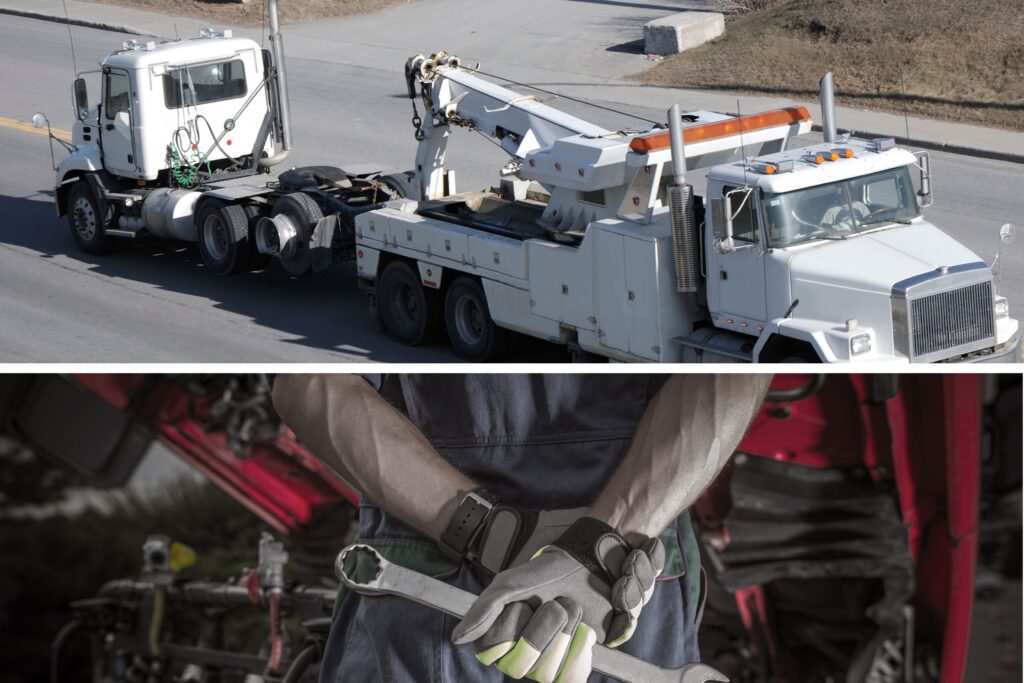
Navigating Repairs and Tow Services When faced with a semi-truck breakdown, one of the most pressing concerns is getting the necessary repairs done and arranging for a tow if needed.
First things first, assess the extent of damage to your truck. Is it something you can fix on your own or will it require professional intervention?
If it’s a minor issue like a flat tire or a loose connection, you might be able to handle it yourself. However, for more complex problems like engine failure or transmission issues, it’s best to call in the experts.
Once you’ve determined that professional help is required, finding a reliable repair shop becomes crucial. Ask around for recommendations from fellow truckers or consult online forums dedicated to trucking communities.
Look for repair shops that specialize in commercial vehicles and have experience working on semi-trucks specifically. When choosing a repair shop, consider their proximity to your breakdown location.
It’s better to opt for one nearby rather than having your truck towed long distances unnecessarily. Keep in mind that towing costs can quickly add up and become an unexpected financial burden.
Speaking of towing services, make sure you choose a reputable company that specializes in towing large vehicles like semis. This isn’t the time to rely on any old roadside assistance program offered by random car insurance providers.
Instead, invest in a reliable commercial vehicle assistance service that understands the unique needs of semi-truck drivers. While selecting a towing company, inquire about their response time and availability as well as their expertise in handling heavy-duty vehicles like yours.
You’ll want professionals who have the proper equipment and experience dealing with large trucks so they can safely move your vehicle without causing any additional damage. Remember to document all communication regarding repairs and tow services – keep track of phone conversations, email exchanges, estimates provided by repair shops or towing companies – everything!
This documentation will come in handy later when dealing with insurance claims or potential disputes. Navigating through repairs and tow services during a semi-truck breakdown might seem overwhelming, but with careful research and a bit of planning, you’ll be able to find the right professionals to get your truck back on the road in no time.
Managing Driver Stress and Well-being

When faced with a semi-truck breakdown, it’s not just the truck that needs attention; the well-being of the driver should also be a priority. Breakdowns can be incredibly stressful for drivers, so it’s important to manage their stress levels and ensure their overall well-being.
One way to support drivers during breakdowns is by providing them with access to resources that promote relaxation and mental well-being. This could include offering relaxation exercises or mindfulness apps that they can use while waiting for assistance.
Encouraging drivers to take breaks, stretch, and engage in deep breathing exercises can also help alleviate stress. Additionally, keeping lines of communication open between the driver and the fleet management team is crucial.
Regular check-ins can help reassure the driver that help is on the way and provide updates on repair progress. It’s essential to maintain a supportive and empathetic attitude while communicating with drivers, as they may experience frustration or anxiety during breakdown situations.
Another aspect of managing driver stress involves ensuring their physical comfort. Breakdowns often occur in inconvenient locations or adverse weather conditions, leaving drivers exposed to discomfort and even danger.
Providing them with resources like emergency kits containing warm blankets, water, snacks, and basic first aid supplies can make a significant difference in their well-being. Furthermore, addressing any immediate concerns regarding safety is vital for managing driver stress during breakdowns.
If necessary, instructing drivers on how to set up warning triangles or flares around the vehicle can create an added layer of security while waiting for assistance. Ensuring that they have access to roadside assistance numbers or contacts for towing services will also provide peace of mind.
After the breakdown incident has been resolved successfully, it’s important to conduct a debriefing session with the driver. This allows them an opportunity to share their experiences and any suggestions they may have for improving future processes related to handling breakdowns.
Taking their feedback into consideration demonstrates that their well-being is valued and can lead to better strategies for managing stress in the future. Managing driver stress and well-being is an essential part of handling semi-truck breakdowns.
By providing resources for relaxation, maintaining open communication, addressing physical comfort and safety concerns, and actively seeking driver feedback, fleet management teams can ensure that drivers are supported during these challenging situations. Prioritizing the well-being of the driver not only helps them cope with the stress of breakdowns but also contributes to a more efficient and resilient trucking operation overall.
Post Semi Truck Breakdown Evaluation and Analysis

Once you’ve managed to handle a semi-truck breakdown and get back on the road, it’s crucial to take the time for a post-breakdown evaluation and analysis. This step allows you to reflect on the entire breakdown experience, identify any areas for improvement, and ensure that you’re better prepared for future incidents. First and foremost, review the breakdown itself.
Consider what caused it and evaluate whether it was preventable or due to unavoidable circumstances. If it was preventable, determine what steps could have been taken beforehand to minimize the risk of a breakdown occurring in the first place.
Additionally, assess the effectiveness of your emergency response plan during the breakdown. Did your team execute according to the plan?
Were there any issues or bottlenecks that slowed down your response? Identify these shortcomings and make necessary adjustments to improve efficiency in future situations.
Furthermore, analyze how communication was handled during the breakdown. Evaluate whether there were any difficulties in relaying information between drivers, dispatchers, technicians, or towing services.
Determine if certain communication channels were more effective than others and consider implementing a standardized communication protocol for all involved parties moving forward. In addition to evaluating your response efforts, it’s essential to assess how stress levels were managed during the breakdown.
Breakdowns can be highly stressful situations for both drivers and supporting staff. Reflect on how stress was addressed throughout each stage of handling the incident – from initial identification all through repairs or towing services – and consider incorporating strategies such as regular check-ins with drivers or providing access to resources that promote mental well-being.
Conduct a comprehensive debriefing session with everyone involved in handling the breakdown: drivers, mechanics, tow truck operators, dispatchers – anyone who played a role in resolving the issue efficiently. Encourage open dialogue where team members can share their observations about what worked well and what could have been improved upon.
This debriefing session will not only help strengthen communication within your team but also foster a culture of continuous improvement, ensuring that future breakdowns are handled even more smoothly. Conducting a thorough post-breakdown evaluation and analysis is an integral part of handling semi-truck breakdowns effectively.
By assessing the breakdown itself, evaluating communication strategies, managing stress levels, and debriefing with your team, you can learn from each experience and refine your approach to minimize future disruptions on the road. Remember, breakdowns are inevitable in the trucking industry, but with careful evaluation and analysis, you can turn these challenging situations into opportunities for growth and improvement.
Conclusion
Handling semi truck breakdowns can be a challenging experience, but with the right knowledge and preparation, you can navigate through it more smoothly. By understanding the common causes of breakdowns and practicing preventive maintenance, you can reduce the likelihood of encountering such situations. Equipping yourself with essential tools and equipment will help you handle minor repairs on the road.
Creating an emergency response plan ensures that everyone involved knows what steps to take in case of a breakdown. Safety should always be a top priority at the breakdown site, with proper warning signs and reflective clothing being essential.
Effective communication strategies ensure that all parties are informed and updated on the progress of repairs or tow services. Managing driver stress and well-being is crucial during these challenging times.
Encourage drivers to take breaks, stay hydrated, and maintain a positive mindset while waiting for assistance. After resolving the breakdown issue, conducting a post-breakdown evaluation helps identify any necessary improvements or adjustments to prevent similar incidents in the future.
Remember, even though handling semi truck breakdowns can be frustrating and time-consuming, it’s important to remain optimistic. Each experience provides an opportunity for growth and learning.
With proper planning and preparedness, you’ll be better equipped to handle any unexpected situations that arise on your journey as a truck driver or owner-operator. So stay confident, keep your cool when challenges arise on the road—knowing that you have the skills and resources to overcome them—and safely continue your journey towards success!

